Once we’ve indulged ourselves in the realms of our prestigious paint by numbers kits, at least twice (if not more) we’re all guilty of getting distracted or consumed by something popping up in our lives. While we coddle that particular task, some paints have a tendency to show their anger and infuriation by drying up. If you’re daunted by these arrogant paints who thicken or get hard and are willing to trade anything for possible solutions, this article is going to effectively list down the fantastic four ways to replenish your acrylic paints and make them great again.
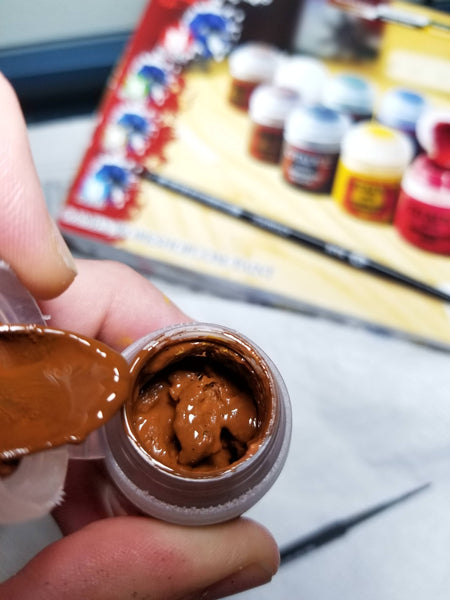
Discern the Bad paints
Before channeling your inner medics to a potential revival of the dry paints, let’s first learn to distinguish whether your paints have completely turned bad or can they be fixed.
The hard and fast rule here is to check whether there are consistency changes in the paint or is the paint growing mold. Mostly, the paints undergo consistency changes (lumping or drying up) only and those can be fixed prolifically. However, when the paint has mold (a type of fungus) on it, it gives away a pungent or sour smell, hence the paint should be discarded immediately.
If you’ve never opened your container for a decade even, rest assured the paints would be perfectly fine. Only if you’ve previously popped a paint container and haven’t used it for a couple of years, the mold is sure to take over the proceedings. (So watch out folks)


THE FANTASTIC FIVE
Now that you’ve learned the difference between a paint that can be fixed or not, let’s move over to lament and bring to light the fantastic five in detail.
Since Acrylic paints are water-soluble, they can be easily fixed with water, flow improver/aid, thinning medium, wet palette and agitator.
1. WATER:
- The first hero that you should always turn to while dealing with dry paints is obviously water. Since Acrylic paints are water-soluble, adding a couple of water droplets will do the trick and moisten the paints in an instant.
- The use of warmer water is recommended here because it doesn’t meddle with the concentration of paint, unlike the icy cold water. For best results, stir the paint with some toothpicks and leave it overnight.
- Make sure the paints have no exposure to air or all your efforts will go in vain.

2. FLOW IMPROVER/AID:
- The flow improvers/aids are the second most widely used option across the globe to fix dry paints. The way how these flow improvers/aids works is quite different than how water works as a thinner.
- Instead of adding flow improvers all over your paints, you just need to add a few drops of this magic potion to your water. You can then dip your brush in this mixture and proceed to paint.
- The paint will sail off your brush more elegantly now. The only thing to watch out here is that the flow improvers are renowned for increasing the amount of paint on that you use on a canvas. (Be vigilant and don’t use too much paint.)

3. THINNING MEDIUMS:
- For all the experts out there, who are adept at handling these sorts of nuisances, the thinning mediums come in handy to fix the dried paints. As the name prolifically suggests, a thinning medium is a gel-like pasty substance that helps to enhance the consistency of the paints.
- Thinning mediums and their efficacy vary from paint to paint and they are widely available in all chemical stores. Diligently add the thinning medium to your paints as per the instructions mentioned over it.
- Remember to pour the medium into the paint at a snail’s pace because you don’t want to overdo it. Continue stirring until your required consistency is achieved.

Please note that some individuals use their paintbrushes as a stirrer to mix the dry paints but we strongly advise against it. Not only it damages the bristles of the brush but also it makes them fall off in the paint.
4. THE WET PALETTE:
-
Another way to revive dried up paints is to use a wet palette.
-
A wet palette is a container that holds a layer of water, and a sponge or paper towel on top.
-
You can place your dried-up paint on the wet surface, and the moisture will gradually soften the paint.
-
This method works well for acrylic paints.
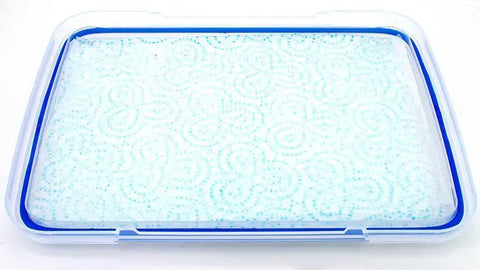
5. THE AGITATORS:
- All the veterans of this field are quite familiar with this technique. An agitator often called a mixing ball too, is a compact ball-bearing substance that can be directly placed inside the container of the paint.
- The ball is equipped with a powerful potion to fix the dry paints and enhance consistency. It works wonder by combating the dried and thick paint which is holding onto either side or the bottom of the container. It is advised to add a thinning medium alongside these agitators for the best results.
- The most famous agitators are the stainless steel ones or the glass ones. Agitators that are poor in quality invoke rust.

This concludes our fantastic five lists of essentials that can help you fix your dry paints. For all the beginners, the first two solutions will work prolifically well whereas if you’re a pro, you might as well take the last two options. Stay tuned as we’re on the hunt to find more effective solutions for you.
Pro Tips to Prevent Paints from Drying Out
Keeping your paints fresh and ready for use is essential for any artist. Here are some expert tips to help you avoid the frustration of dried-up paints:
- Keep the Lid Closed: When not in use, always make sure to tightly close the lid on your paint containers. This helps prevent air from entering and drying out the paint.
- Store in a Cool, Dry Place: Store your paints in a cool, dry location away from direct sunlight and heat sources. Excessive heat can cause paints to dry out more quickly.
- Use a Palette with a Lid: Invest in a palette with a lid to keep your paints moist while you work. This helps retain moisture and prevents them from drying out between painting sessions.
- Mist with Water: If you notice your paints starting to dry out, lightly mist them with water using a spray bottle. This can help rehydrate the paint and extend its usability.
- Avoid Contamination: To prevent contamination and premature drying, use clean brushes and tools when working with your paints. Avoid mixing different types of paint directly in the container to maintain their integrity.
- Rotate and Remix: Periodically rotate and remix your paints to ensure even distribution of moisture and pigment. This helps prevent the formation of dry patches and ensures consistent paint quality.
- Invest in Moisture-Retaining Additives: Consider adding moisture-retaining additives or mediums to your paints, especially if you live in a dry climate. These products can help extend the working time of your paints and keep them from drying out too quickly.
By following these pro tips, you can keep your paints fresh and ready for use, ensuring a smooth and enjoyable painting experience every time.

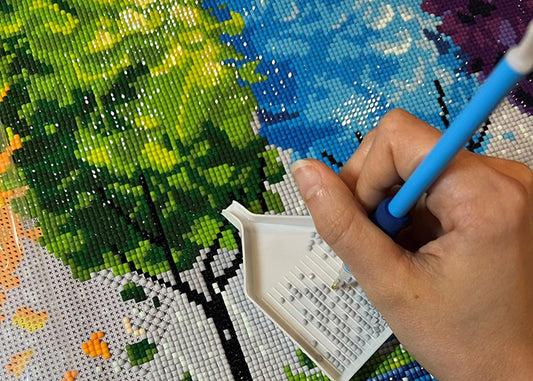
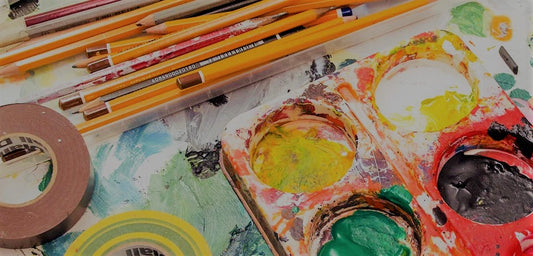
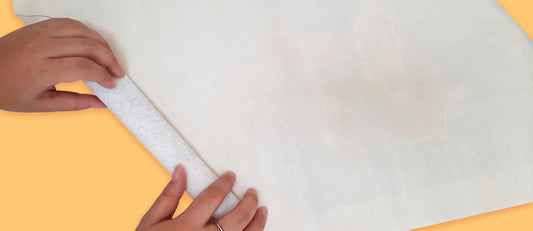


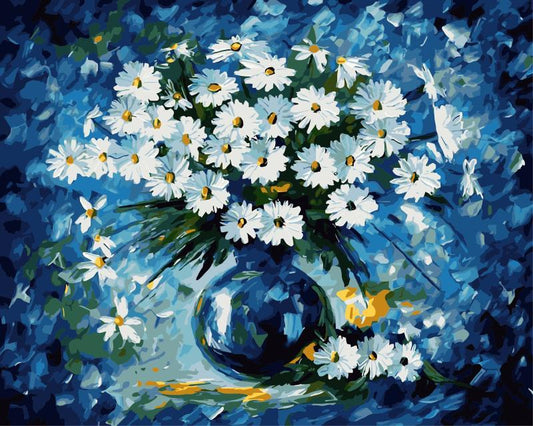

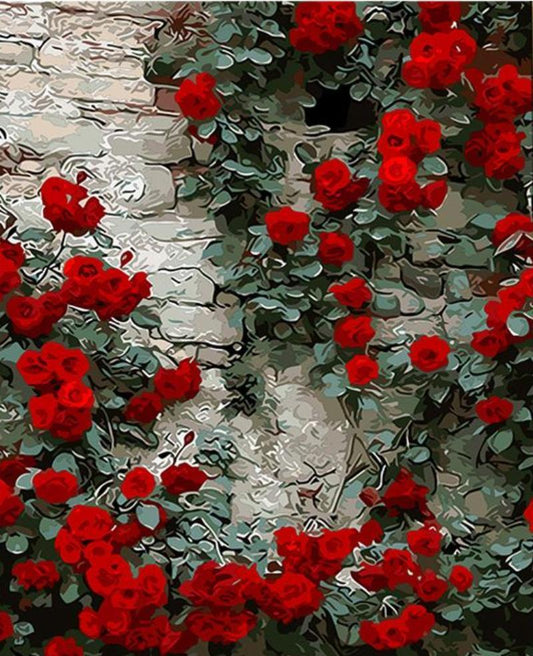

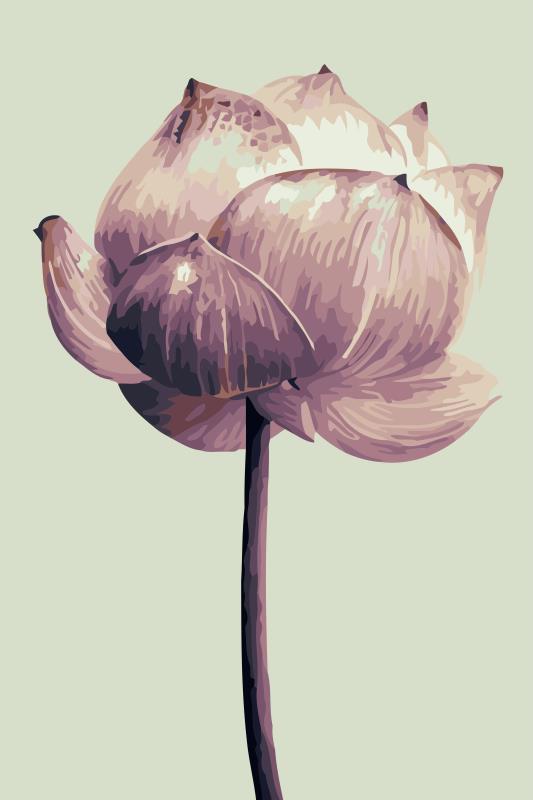

1 comment
Thank you ever so much for your advice and help.This is going to be my 1st try at paint by numbers and shall use your instructions to the dot Thank you
Yours truly.